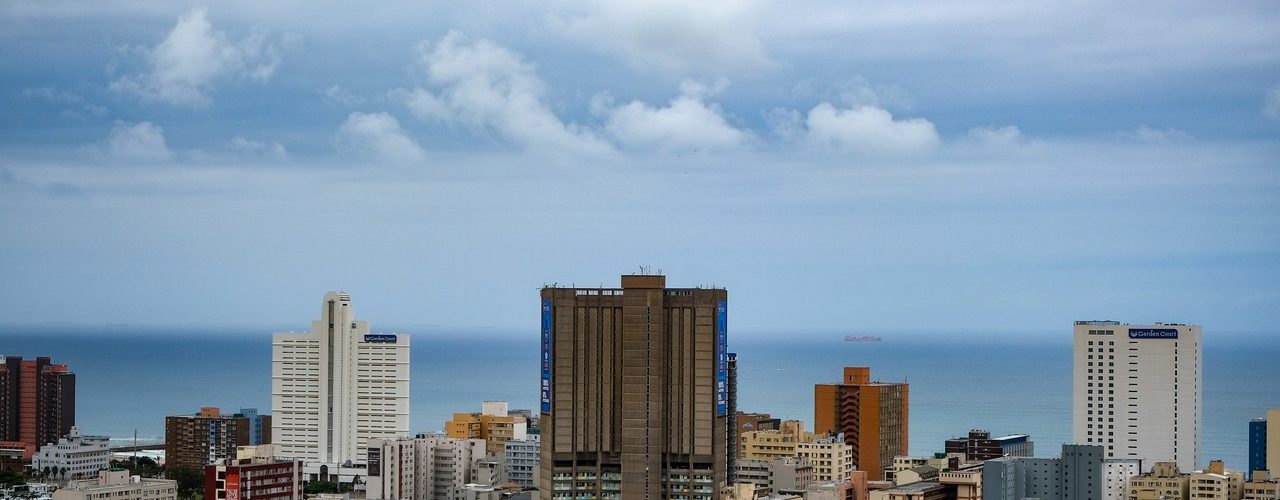When goods or services are acquired by a vendor partly for the purposes of making taxable supplies and partly for the purposes of making exempt supplies (mixed expenses), the VAT incurred by the vendor must be apportioned. The mixed expenses in that case are only deductible as input tax to the extent that they relate to the making of taxable supplies. Section 17(1) provides that the extent to which such mixed expenses may be deducted is determined by means of a ratio issued by the Commissioner in terms of a Binding General Ruling or a VAT Ruling. SARS issued Binding General Ruling 16 (BGR 16) on 25 March 2013 (re-issued on 30 March 2015) which prescribed the standard turnover-based method of apportionment (STB) as the default method for determining the apportionment ratio for mixed expenses.
BGR 16 also provides that a vendor may only use the STB if it is fair and reasonable, failing which the vendor must apply for a VAT Ruling to use an alternative apportionment method. In terms of proviso (iii) to section 17(1), when such an alternative method is approved by the Commissioner, it may only be applied by that vendor from –
- a future tax period; or
- a date within the “year of assessment” (as defined in the Income Tax Act 58 of 1962) in which the application for the alternative apportionment method was submitted.
In Mukuru Africa (Pty) Ltd v Commissioner for the South African Revenue Service [2021] ZASCA 116, the Appellant applied for approval of an alternative apportionment method. The Commissioner approved this method by issuing a VAT Ruling but only with effect from 1 March 2016 which was the first day of the year of assessment in which the Appellant applied for the VAT Ruling. The Appellant objected and appealed against this decision, insisting that the Commissioner should allow the Appellant to use the method from the commencement of its business on 1 February 2014. The Appellant argued that the STB method was not fair and reasonable and hence BGR 16 did not apply to it. For this reason, the Appellant submitted that it was not changing its existing apportionment method, because proviso (iii) to section 17(1) did not apply in its situation.
In its judgement, the Supreme Court of Appeal (SCA) found that the Appellant could not simply ignore BGR 16 or unilaterally apply its own apportionment method. Furthermore, if the Appellant was of the opinion that the STB was not fair and reasonable, it was required under BGR 16 to apply for an alternative apportionment method. The purpose of BGR 16 requiring the vendor to apply to the Commissioner for an alternative apportionment method was to enable the Commissioner to evaluate whether the STB was in fact unfair or unreasonable and then to approve an appropriate alternative apportionment method.
The effect of this judgment for vendors is that the STB must be regarded as the default apportionment method unless or until a VAT Ruling has been issued to the vendor allowing an alternative method. Under proviso (iii) to section 17(1) this alternative apportionment method may only be applied by the vendor (being a “taxpayer” under the Income Tax Act) with effect from a date within the year of assessment in which the vendor applied to the Commissioner for such a ruling. A further effect is that vendors that have not apportioned their input tax in previous years when they were required to do so, cannot overcome the consequences of their non-compliance by applying for a VAT Ruling for an alternative method of apportionment to apply from a date in the past which goes beyond what the law allows.
Incomplete applications for alternative methods of apportionment
As mentioned in VAT Connect 10 and the VAT Rulings Guide, certain information must be submitted when applying for approval to use an alternative method of apportionment under section 17(1). It is noted that many applications do not contain all the information, resulting in delays in finalising the matter. Please ensure that applications contain all the information listed in the aforementioned documents. This also applies when requesting an extension to an alternative method of apportionment previously granted.
For ease of administration, the applicant can attach the information submitted with the original application, including a copy of the previous VAT Ruling issued. However, updated calculations and Annual Financial Statements for the last three years must be submitted. Also, a recent list of expenses must be submitted which indicates how the expenses are attributed respectively to taxable supplies, exempt supplies or non-taxable purposes, as well as mixed expenses. Lastly, please note the decision of the SCA in the article “Backdating of alternative methods of apportionment” above.
Source: gov.za















